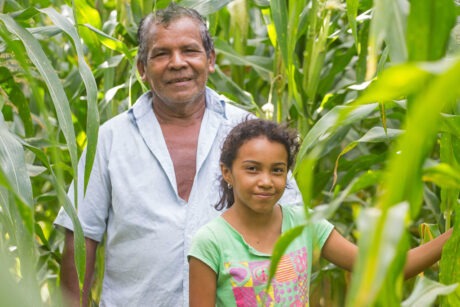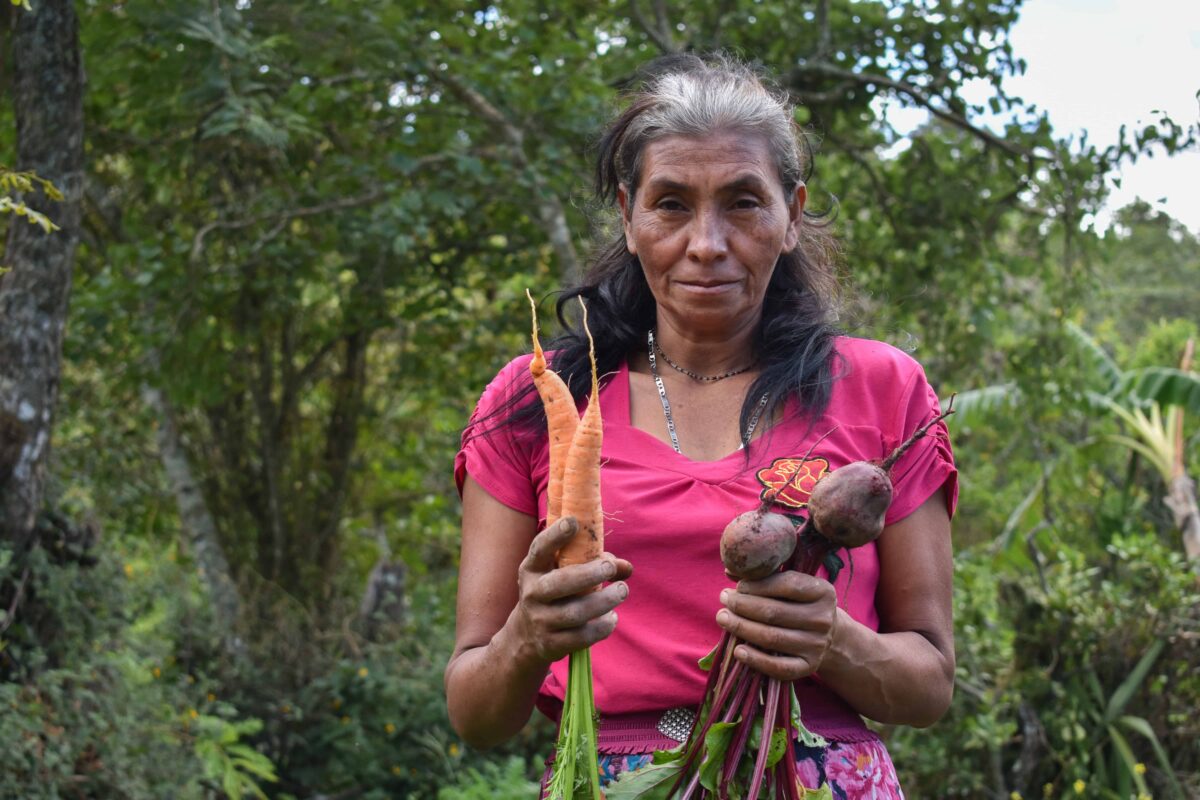When the El Niño weather phenomenon swept through the Pacific in 2015 and 2016, it hit large expanses of Central America with the most severe drought in decades, exacerbating the already precarious situation across Honduras’s “Dry Corridor,” a climate-fragile and impoverished stretch of land spanning Central America’s Pacific Coast.
The five-year Honduras Livelihoods and Food and Nutrition Security in the Dry Corridor (ACS-GAFSP) project aimed to enhance human capital and productive capacity and to diversify livelihoods and build resilience of 6,000 poor and extreme poor families in 12 municipalities in the eastern Dry Corridor departments of Choluteca and El Paraíso.
Creative Associates International implemented the project in partnership with INVEST-Honduras.
The project was funded by the Global Agriculture and Food Security Program through the World Bank. It was part of the larger Alliance for the Dry Corridor, which aimed to lift 50,000 families out of extreme poverty and reduce under-nutrition by 20 percent in target communities.
A major focus of the project centered on food production and income generation, seeking to increase families’ income and access to quality, nutritious foods. ACS-GASFP also included water, sanitation and health interventions in selected households whose families experience extreme poverty conditions.
The project helped families craft business and food security plans and share best agricultural practices, including irrigation, fertilization and production diversification. These efforts allowed participants to reach a higher level of food and agricultural production so that they could emerge from subsistence agriculture and diversify production with high-value crops like vegetables and perennials.
Working with the private sector, the project strengthened value chains and create opportunities for families to sell their products, including through the establishment of community markets.
In addition, the Dry Corridor project reached thousands of households with nutritional and hygiene education, with a focus on pregnant women and children under five years of age.
The project helped families adopt healthy hygiene practices and diets – with help from expanded food production – through communication campaigns, outreach centers and community networks, and by strengthening existing programs and services.
The project raised awareness about malnutrition and its consequences and educate families, health workers and community leaders on how to prevent chronic malnutrition.
The creation of 275 school gardens created a nutritious and diverse food source for the community, taught children about growing and consuming high-value foods and hygiene, and provided children with a snack during the school day.
In addition, project-supported updates to water filtration systems, kitchen appliances, and bathrooms reduced the risk of chronic illness, which could counteract any benefits of improved nutrition.
Advances in food production and nutrition helped lay the groundwork for continued growth in this rural area and improved livelihoods for thousands of people.



